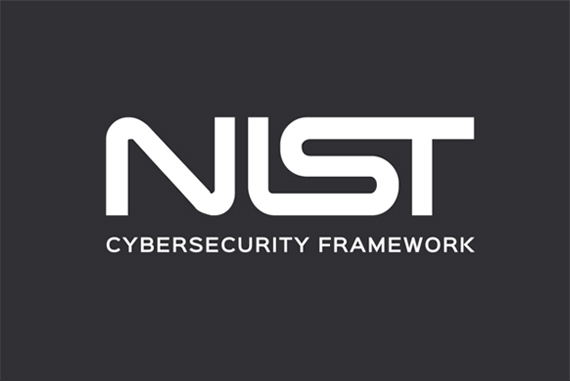NIST Framework

NIST Framework
Identify focuses on understanding the organization's environment to manage cybersecurity risk. This includes asset management, governance, and risk assessment.
Protect involves developing and implementing safeguards to limit or contain the impact of a potential cybersecurity event. This includes access control, awareness training, data security, and maintenance.
Detect emphasizes the timely discovery of cybersecurity events through continuous monitoring and detection processes. This includes monitoring anomalies, security events, and ongoing security assessments.
Respond guides the actions taken after a cybersecurity incident has been detected. This involves response planning, communication, analysis, and mitigation to reduce the impact of incidents.
Recover helps organizations plan for resilience and the restoration of any capabilities or services impaired due to a cybersecurity event. This includes recovery planning, improvements, and communication to restore normal operations.














